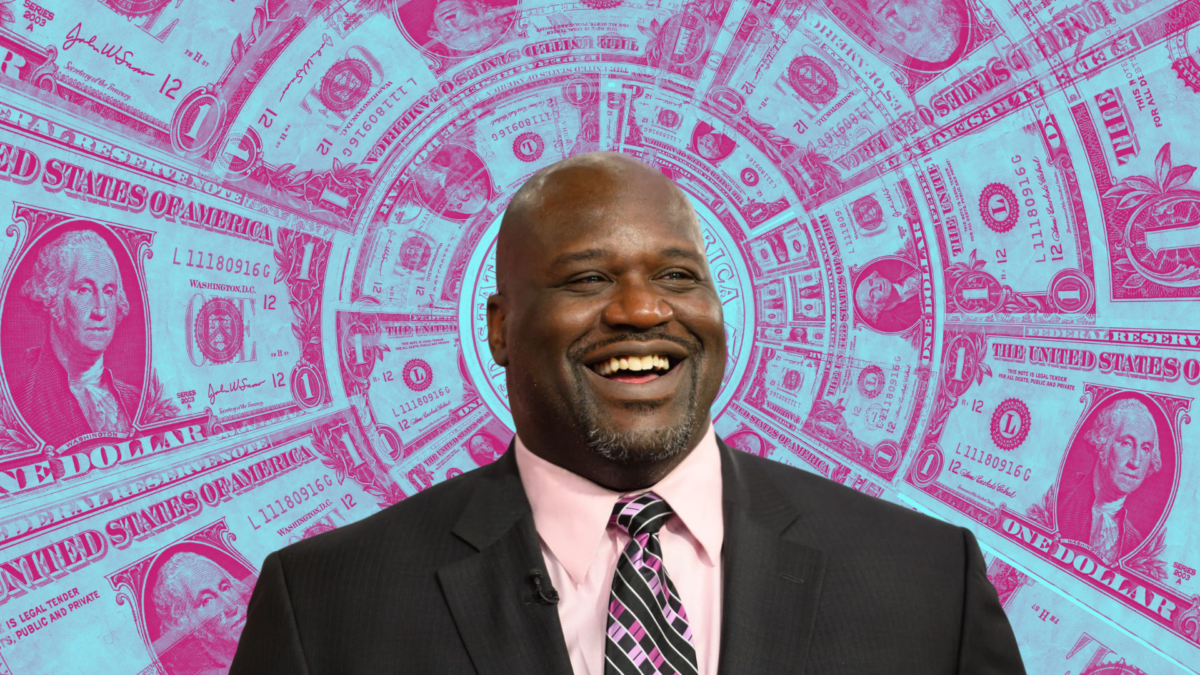
In my chosen profession, I meet, interview, screen or coach more than 1200 executives and business leaders, annually. With a continuously expanding sample size that would be the envy of any statistical research project, I’ve observed some patterns that have been shared in prior posts.
One pattern has emerged that can be summarized in the most elegant of equations, authored by Albert Einstein but for this illustration adapted with a deliberate replacement value for the variables: E=mc2
(E)xceptional leadership points to the presence of (M)indfulness and (C)haracter, squared, to the second power. That second power, in practice, is Consistency.
Mindfulness, unquestionable Character and Consistency are the core attributes held sacred and deliberately practiced by servant leaders. They are devoted to these maxims of self-discipline to sharpen their skills for the purposeful intention of driving consistent outcomes for themselves and the organizations they lead. The presence of these consistent outcomes allows us to measure the value of their practice.
I recently met with a newly appointed CEO who was quick to throw the prior regime under the bus, suggesting, “they took that servant leadership thing too far.” Further discussion revealed his bias towards an autocratic leadership dogma. With a bit of research and reflection and a touch of mindfulness for good measure, this CEO may have recognized the consistency of positive results that generally flows from the stewardship of servant leaders. The origin of this pattern of positive results and the exceptional potential generated under such leaders can be traced back to the formula: E=mc2
The practice of Mindfulness offers a leader the clarity required to consume, assess and prioritize enormous levels of input – data, feedback, reports, trends and more – necessary to distill that which is most relevant for a team’s mission. When teams witness depth of Character that is authentic, never compromised by situation or context, they are more likely to put their trust and their full commitment into the collective cause towards organizational achievement. The leader that demonstrates Consistency of behavior and action, through both highs and lows, is the one that earns unwavering confidence and loyalty from their subordinates and constituents. Consistency, in a special way, is the purest measurement of trust. When we trust how, what and why a leader will act in any given situation, we are more likely to follow with conviction and give our very best towards the pursuit of achieving the vision set forth by that leader. Quite simply, a calm conviction develops in the presence of Consistency and this conviction often converts latent potential into measurable performance.
Whether you’re meeting a candidate for the first time, developing a new business partnership or considering an investment in a promising entrepreneur, consider the formula for detecting exceptional servant leadership and seek to understand deeply the value the other party assigns to each variable:
-
- Do they value Mindfulness? Ask them to describe their practice of Mindfulness.
-
- Ask them to provide an example of a time when their Character was put to the test and how they responded.
-
- Prompt them to explain their routines and provide examples that allow you to assess for Consistency in their personal and professional cadence.
You will find these questions are equally effective when performing reference checks. Solicit from references their impressions of Mindfulness, Character and Consistency in candidates, entrepreneurs or leaders they may be sponsoring.
You can discard the clever questions you’ve learned or heard and effectively evaluate exceptional leadership potential with E=mc2. If you confirm these variables to your personal satisfaction, the foundation is present for exceptional leadership and the pursuit of exceptional results.




 y Executive-2nd Edition received BookAuthority’s “Best LinkedIn Books
y Executive-2nd Edition received BookAuthority’s “Best LinkedIn Books













